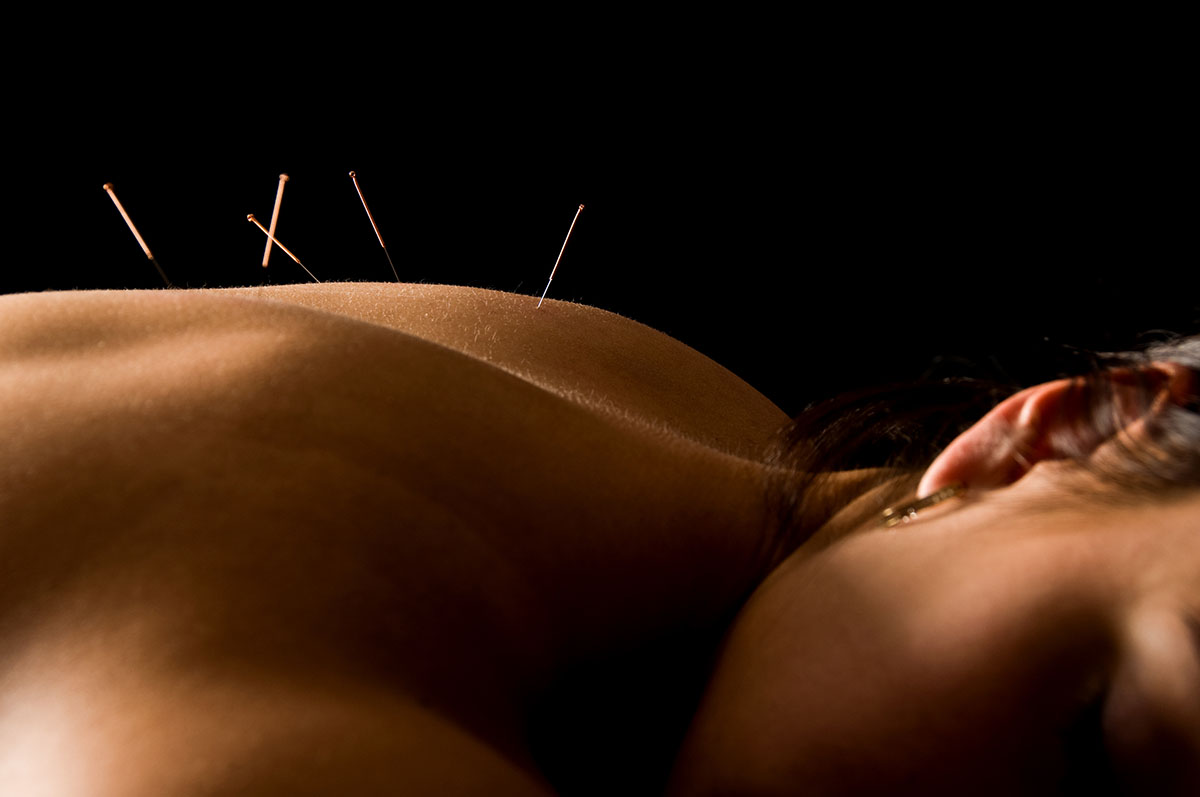Acupuncture Actually Works, According to MGH Research

Acupuncture photo via istock.com/YanC
As alternative therapies go, acupuncture is among the most clinically accepted. Nonetheless, there’s still quite a bit about the ancient practice that researchers don’t understand.
Investigators from Massachusetts General Hospital’s Athinoula A. Martinos Center for Biomedical Imaging decided to tackle perhaps the biggest question of all: How and why does acupuncture work?
The Mass General researchers used carpal tunnel syndrome (CTS) as a case study. Many patients rely on acupuncture to relieve chronic pain, but it can be hard to objectively determine whether pain is decreasing. In CTS patients, however, clinicians are able to measure the speed of signals sent along the median nerve, which gives an accurate sense of how treatment is progressing. The way the brain experiences touch is also altered in CTS patients.
After several months of therapy, the researchers found that acupuncture did, indeed, ease CTS symptoms—sometimes even by remapping the brain. Their results were published Thursday in Brain.
For the purposes of the study, 80 patients were split among three groups. One cohort received real acupuncture in the hand affected by CTS, one received acupuncture on the opposite ankle, and one received placebo, or “sham,” acupuncture near the affected hand. After months of treatment, all three groups reported improvements—but here’s where it gets interesting.
Through functional magnetic resonance imaging taken before and after treatment, researchers observed that those who received acupuncture in the hand saw local improvements and lasting changes in the brain, which translated to pain relief. Acupuncture at the ankle produced results in the hand, while sham acupuncture had no effect on physiology.
“Both peripheral and central neurophysiological changes in CTS may be halted or even reversed by electro-acupuncture interventions that provide more prolonged and regulated input to the brain—something that future, longer-term neuroimaging studies should explore,” senior author Vitaly Napadow says in a statement.
So while patients may derive some benefits from sham acupuncture, the study provides compelling evidence that acupuncture cannot be explained away by the placebo effect, as many have suggested. There’s more research to be done, but the ancient modality looks like it has a place in modern medicine.


